Revving the engine is good practice to bring improved motion within the engine, ensuring proper lubrication and preventing damage. But what if the car rev in park on its own? It’s abnormal and concerning.
Along with the notice, many experienced drivers also wonder why is my car revving in park automatically. The car can rev in the park or cause high idle due to a faulty IAC valve, bad throttle body or sensor, damaged EGR valve, faulty MAF sensor, or various underlying issues.
However, you can troubleshoot and fix the rev issue easily if it triggers check engine light. If you need help, you have to inspect the car physically keeping the potential reasons in mind.
Article Summary
Reasons for Car Revving in Park or Neutral
Your vehicle may rev in park automatically due to plenty of reasons including injector issues, throttle calibration, acceleration sensors, vacuum leaks, fuel pump malfunction, bad oxygen sensor, and ECM malfunction. Some most potential reasons are:
1. Faulty IAC Valve
If your car revving in the park, it can be the result of a damaged air control valve (IAC valve). The IAC is a motorized valve that controls idle RPM and leaks air around a completely closed throttle plate. If the throttle has a loose spring or crud stuck inside, it can disturb the system’s operation.
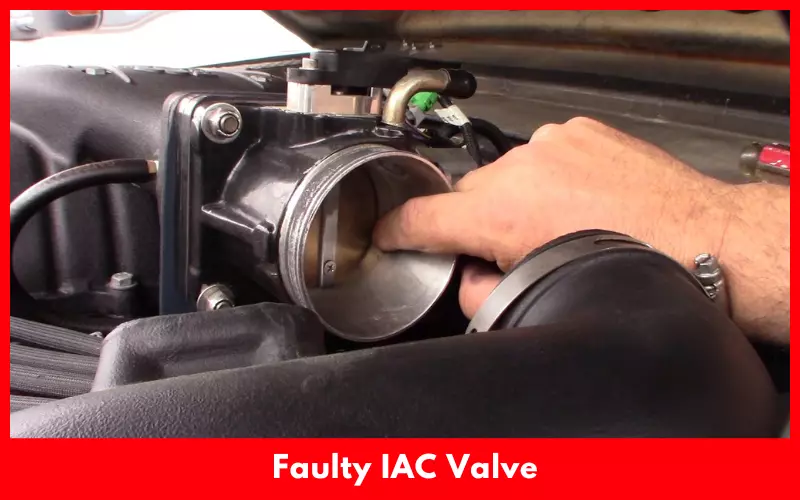
The faulty air control valve can fail or blow the other control system’s fuse and cause the IAC motor to malfunction. Hence you may experience higher than usual engine idle speed or revving. The IAC valve may also fail due to excess carbon buildup in the intake manifold.
2. Vacuum Leak
If your car has a fuel-injected engine, it can cause revving in the park or a high engine idle due to a vacuum leak. A leaking vacuum allows extra oxygen to enter the engine. When the oxygen sensor detects excess oxygen in the engine, it causes the car to rev.
Too much air in the engine than fuel can also result in computer pumping in the engine and end up with casing abnormally high idle.
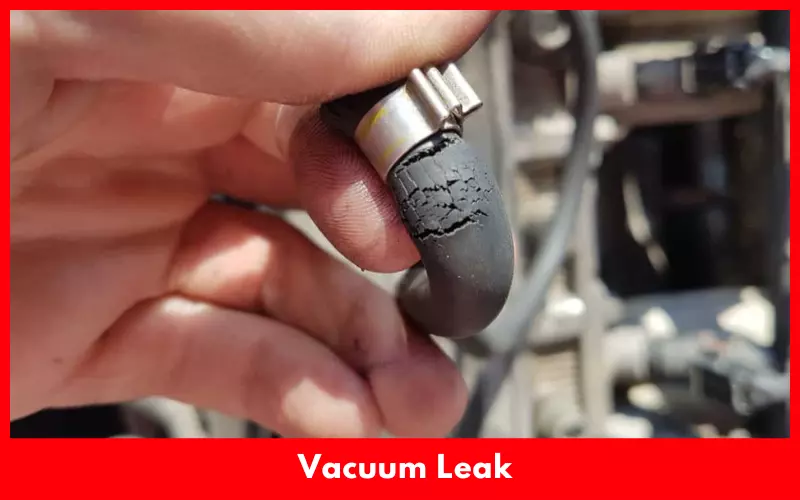
If so, your car’s computer will store a code due to lean running conditions. To verify, check the intake piping for splits. The other symptoms are, active check engine light and car revving while in the park even when the foot isn’t on the accelerator.
3. Bad Throttle Position Sensor
If your vehicle revs its RPMs when in the park, it can be the result of a failing throttle position sensor (TPS). The TPS monitors the throttle plate’s throttle position inside the throttle body based on the driver’s foot position on the gas pedal. It is placed on the throttle plate so the sensor can monitor the throttle position directly.
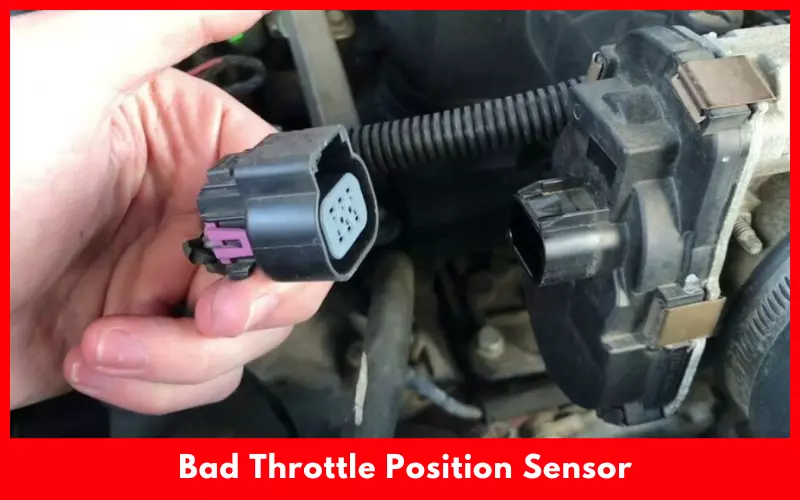
Based on the information from the sensor, ECU supplies the required fuel to the motor. If the sensor fails, you’ll experience intermittent response during pressing the gas pedal. The throttle system can get damaged due to a cracked air intake tube or dirty air intake and cause high idle and engine stall.
4. Gasket Leak
If the head gasket or valve cover gasket gets leaked somewhere in the air intake channel, excessive false air can enter the engine. The more the air enters the engine, the more fuel will be consumed which will cause higher revs. Your car may also rev in the park if the throttle valve doesn’t close completely.
5. Dirty Mass Air Flow Sensor
Mass airflow sensors observe the automotive engine and monitor the air mass flowing into the motor via the throttle part. It delivers data to the analytical system to estimate the fuel required to deliver proper air in engine cylinders.
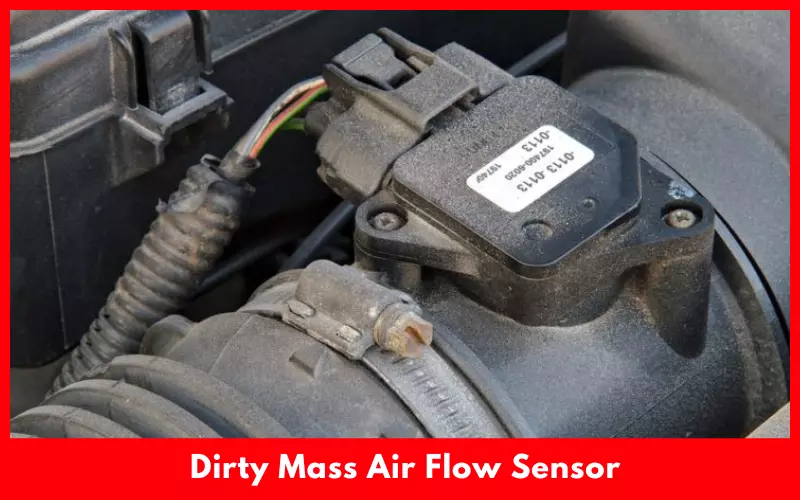
However, the MAF sensor can get clogged due to dust and debris build-up and deliver wrong air intake details. Hence your car may start revving in the park. To fix this issue, you can clean the sensor using CRC spray.
6. Malfunctioning EGR Valve
Your car may also rev up and down automatically due to a faulty EGR valve. This valve helps pass the emission test and remain connected to the EGR system. However, EGR valves can suffer from opening and closing efficiently due to carbon build-up of exhaust gas.
Hence the car’s engine can cause rough idle and start revving independently. You may need to replace the EGR valve to fix this problem.
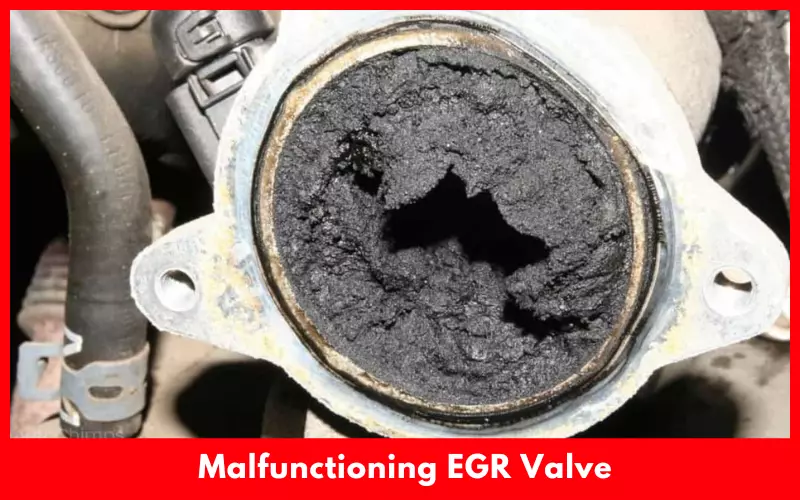
7. Frayed Wiring
The car’s sensor delivers data to the computer through a wiring harness. The computer can get incorrect data due to frayed wiring and cause rev up and down. Wires can get damaged due to growing hard and brittle and collecting tears from various sensors. If so, you have to replace the damaged wiring with completely insulated wires to avoid causing frying or cracking.
Is It Dad If A Car’s Engine Rev is in The Park?
If your car revving in park automatically, it’s a bad sign. It indicates there might be a problem with your car’s idle control system. Hence your car can’t maintain consistent RPM in the engine when it isn’t in motion.
Due to the faulty idle control system, your vehicle may rev in the park even without touching the accelerator. The potential reasons for this problem such as a damaged IAC valve, vacuum leak, and bad TPS make this issue a warning.
Due to the failed air control valve, the car’s air-starved engine may stall during operation, while a vacuum leak can cause rough idle, hard shifting, excess fuel consumption, and error codes. A faulty TPS can cause reduced engine power and your vehicle may face trouble during acceleration. Intake manifold leaks can cause even more serious issues like engine overheating, engine misfiring, and poor fuel economy.
So instead of avoiding the car revving problem, diagnose and fix the problem with the air of an expert mechanic immediately. However, revving the car’s engine manually is good practice particularly to get better fuel economy.
How To Stop Car Revving in The Park?
Fixing car revving in parking problems requires deep diagnoses. You may need to treat differently based on whether the problem triggers a check engine light or not. If your car revs automatically only in the park and doesn’t trigger the check engine light, you have to troubleshoot based on the potential reasons.

In this case, you can start by checking the intake hose for cracks and vacuum leaks. If the engine has 4 cylinders, you can also inspect if the throttle is sticky. If you feel the pedal is stuck particularly when touching the gas pedal in the morning, it can be the result of a dirty throttle body.
If the air leak causes high RPM, you should get surging as it’s cutting the fuel off. If not, the engine might see the throttle open. You can also rotate the throttle plate lever manually and make sure there is some slack in the pedal and cruise control cables.
However, if the revving issue triggers a check engine light, use an OBD-II scanner for the error code and fix the problem accordingly. Check the live data on the scanner while the engine is running and operating the accelerator.
FAQs
Why Does My Engine Rev Up And Down At Idle?
Your car’s engine may rev up and down at idle due to an air leak, improper fuel delivery, or an issue with the governor system. You may need to clean or overhaul the carburetor, replace the air filter, and adjust the governor to fix the problem.
Why is My Car Revving in The Park When I Start?
It can happen if your car revs higher than normal during starting. The most potential reasons can be a stuck or dirty idle air controller, stuck throttle plate, or vacuum leak.
Why Do Cars Do Revs in The Park But Not in The Drive?
If your car revs up while pressing down the gas and stops revving while driving, it can result in the transmission slipping. The common symptoms of transmission slipping are higher RPM than 3000, delayed acceleration, difficulty in switching gears, unusual smells, and activated check engine lights.
Final Words
Hope you understand why is your car revving in the park on its own. After experiencing this issue, look at the car’s display to check the engine light. If the CEL is on, use a scanner to get the exact reasons. If not, inspect the related components like the IAC valve, vacuum, throttle sensor, EGR, and wirings.
In both cases, your final decision should be to visit the auto repair shop for proper diagnosing and fixing. However, you can rev manually in neutral to avoid hurting the car while enjoying the improved performance.

